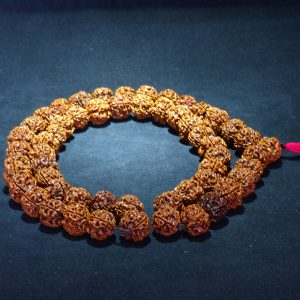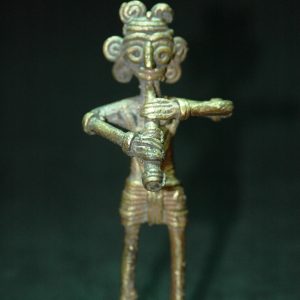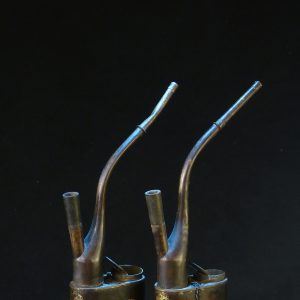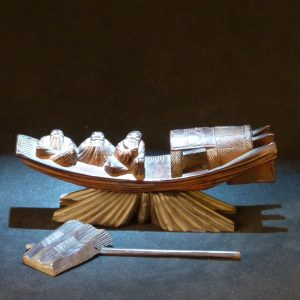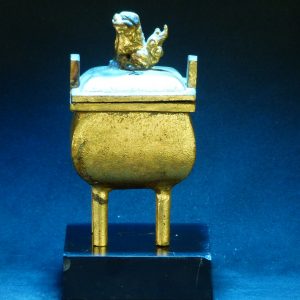Description
泥金四方双立耳香炉
参考:佳士得
16 3月 2015 | 現場拍賣 11418
錦瑟華年 – 安思遠私人珍藏
第一部分:重要珍藏 ─ 包括印度、喜馬拉雅及東南亞工藝精品,以及中國與日本工藝精品
拍品 6 商晚期/西周早期 青銅饕餮紋鼎
A RARE LARGE BRONZE RITUAL TRIPOD FOOD VESSEL, DING
CHINA, LATE SHANG-EARLY WESTERN ZHOU DYNASTY, 12TH-11TH CENTURY BC
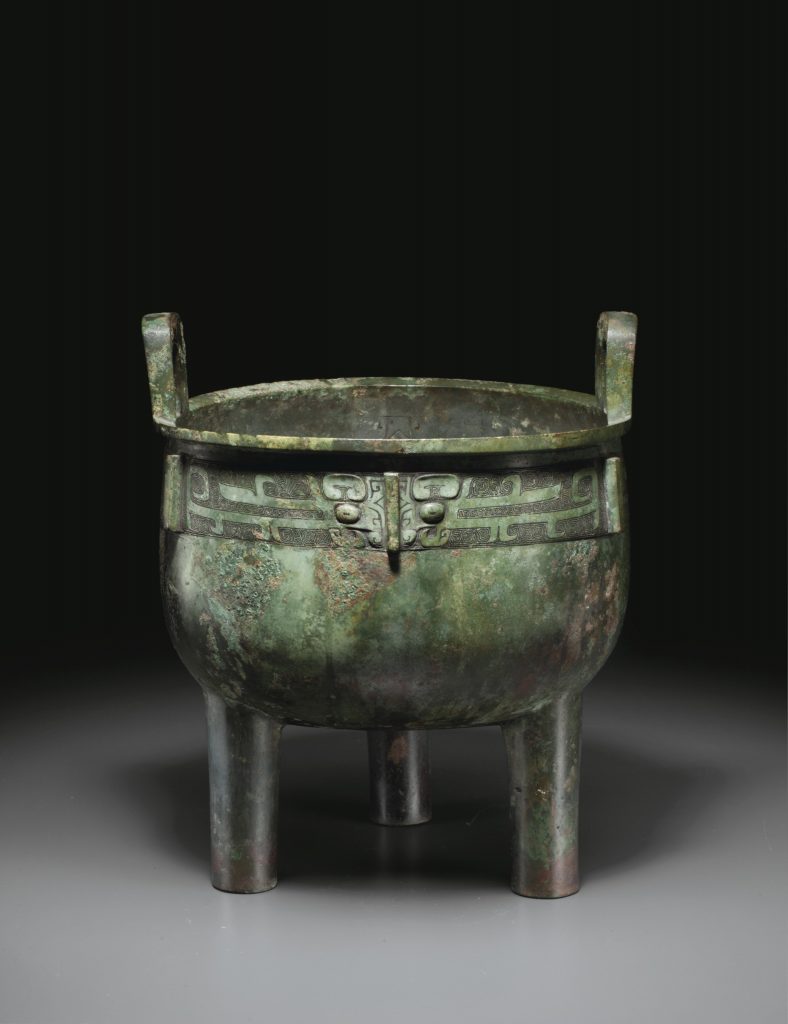
CHINA, LATE SHANG-EARLY WESTERN ZHOU DYNASTY, 12TH-11TH CENTURY BC
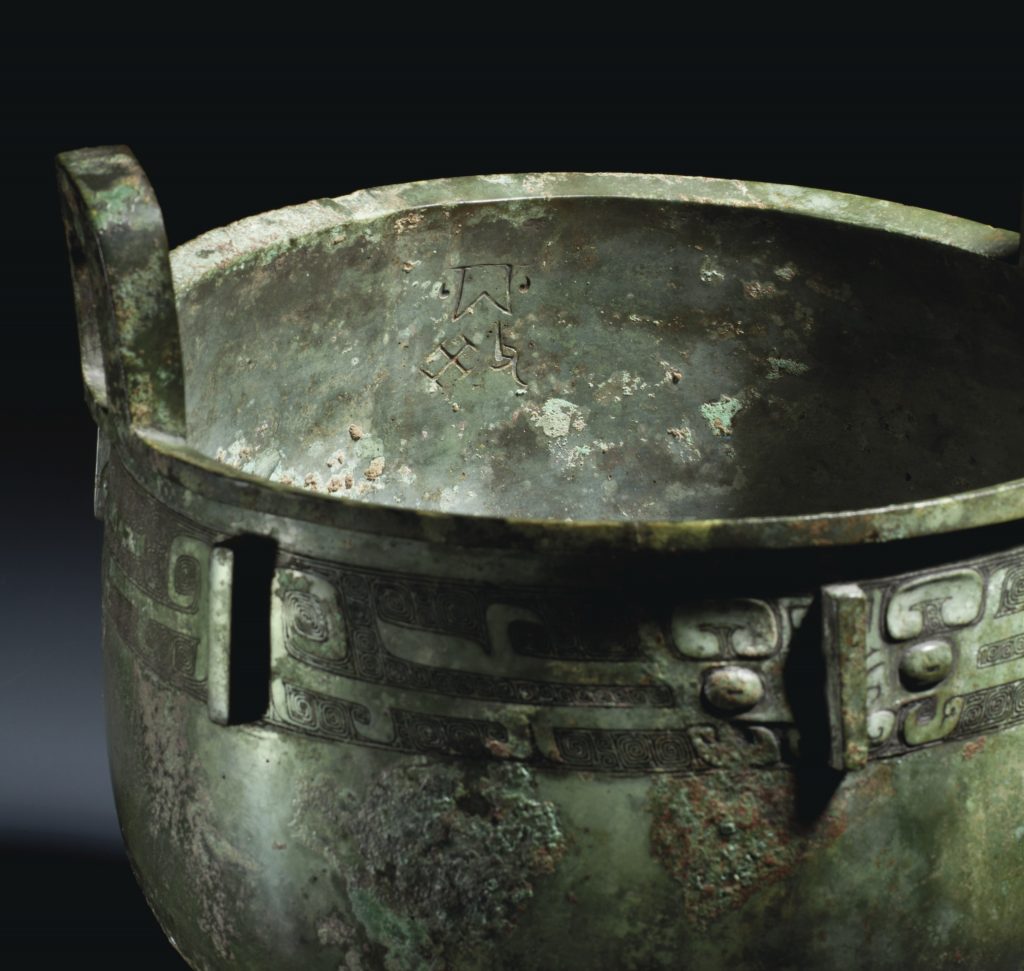
CHINA, LATE SHANG-EARLY WESTERN ZHOU DYNASTY, 12TH-11TH CENTURY BC
成交價USD 389,000
估價USD 200,000 – USD 300,000
來源
Sotheby Parke Bernet Inc., New York, 23-24 May 1974, lot 177.
出版
A. Martin, “American Mandarin,” Connoisseur, November 1984, p. 99.
拍場告示
Please note the provenance for this lot should read Sotheby Parke Bernet Inc., New York, 23-24 May 1974, lot 177.
狀況報告
– x-rays reveal the vessel to be in good condition overall
– there is a small (approximately 7 cm.) restored diagonal crack to one side of a taotie mask, on the side opposite the inscription
– two of the legs the appear to have been cleaned and have associated scratches and have a slightly different patina than the vessel
– as can be seen in the catalogue illustration, there are areas of malachite and ferrous encrustation
– there are the expected small chips and nicks to the extremities
拍品專文
Many bronze vessels from the Shang and Western Zhou periods bear integrally cast inscriptions. Typically dedicatory, inscriptions on Shang vessels are short, featuring just a few characters. Such dedicatory inscriptions appear on sacral vessels that were used in ceremonies honoring ancestral spirits; they generally include the name of the person whose spirit is being honored, sometimes a clan sign, and occasionally a designation of the vessel type. Inscriptions on Western Zhou vessels may be short and dedicatory or they may be long and commemorative, recording a victory in battle, for example, or a royal grant of land, bolts of silk, or other valuables; long inscriptions often comprise numerous characters, sometimes more than one hundred.
The short, dedicatory inscription reading [ ] Fu Gui on the interior wall indicates that this ding cauldron was made for one Father Gui. The meaning of the first symbol is uncertain; some scholars assume it is a clan sign designating the lineage to which Father Gui belonged, but others read it as li and believe it to be an early, pictographic form of the character for a tripod cooking vessel, a type of cauldron distinct from but related to this ding vessel. If the latter group is correct, the inscription would read Li Fu Gui and presumably would mean that this is a cauldron for Father Gui.
Shang-dynasty vessels typically were decorated all over, often boasting a taotie mask in the principal register and long-tailed birds, silkworms, kui-dragons, and other motifs in subsidiary registers, the principal and secondary motifs alike generally set against a ground of leiwen, or small, squared spirals. Though such decorative schemes persisted into the early Western Zhou, new schemes also emerged, some of which favored simplification and the substitution of birds for the taotie mask. Although this ding sports a short, dedicatory inscription, which links it to the Shang tradition, its mostly unornamented surfaces and its concentration of the taotie mask into a single register immediately below the vessel lip herald the coming of the new Western Zhou style, pointing to its transitional nature.
A stylistically related, if slightly later, ding in the collection of the Harvard Art Museums (1943.52.99) is illustrated by Chen Mengjia, A Corpus of Chinese Bronzes in American Collections, Tokyo, 1977, A 084. The Harvard ding, however, lacks the flanges and features confronting, long-tailed birds rather than taotie masks.
参考:佳士得
拍卖 3433 中国宫廷御制艺术精品
重要中国瓷器及工艺精品
Hong Kong, HKCEC Grand Hall
2015年6月3日浏览
拍卖 拍品3315
A SILVER WIRE-INLAID BRONZE TRIPOD CENSER, DING
MING DYNASTY, 16TH CENTURY
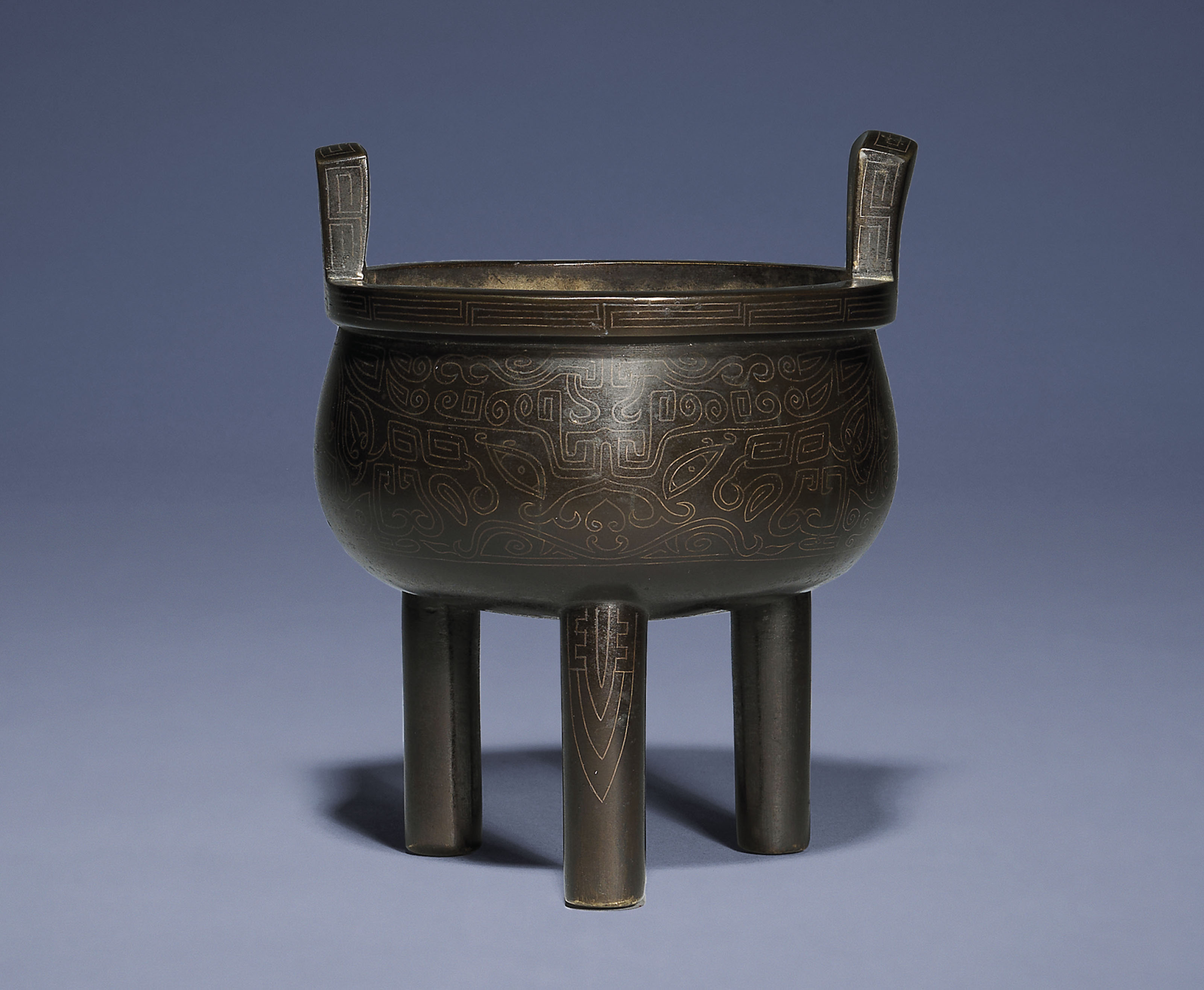
A SILVER WIRE-INLAID BRONZE TRIPOD CENSER, DING MING DYNASTY
成交总额HKD 150,000
估价HKD 120,000 – HKD 200,000
A SILVER WIRE-INLAID BRONZE TRIPOD CENSER, DING
MING DYNASTY, 16TH CENTURY
The censer is decorated to the exterior of the body with an intricate archaistic taotie to each side, surrounded by geometric scroll designs. The tall legs are each inlaid with a stylised leaf. It is fitted with a reticulated wood cover surmounted by a gilt porcelain finial.
6 1/8 in. (15.5 cm.) high, Japanese wood box, carved wood stand

![[临渊阁]天地一家春](https://www.antiquekeeper.ca/wp-content/uploads/2023/03/antiquekeeper_banner_image_2-4.jpg)












